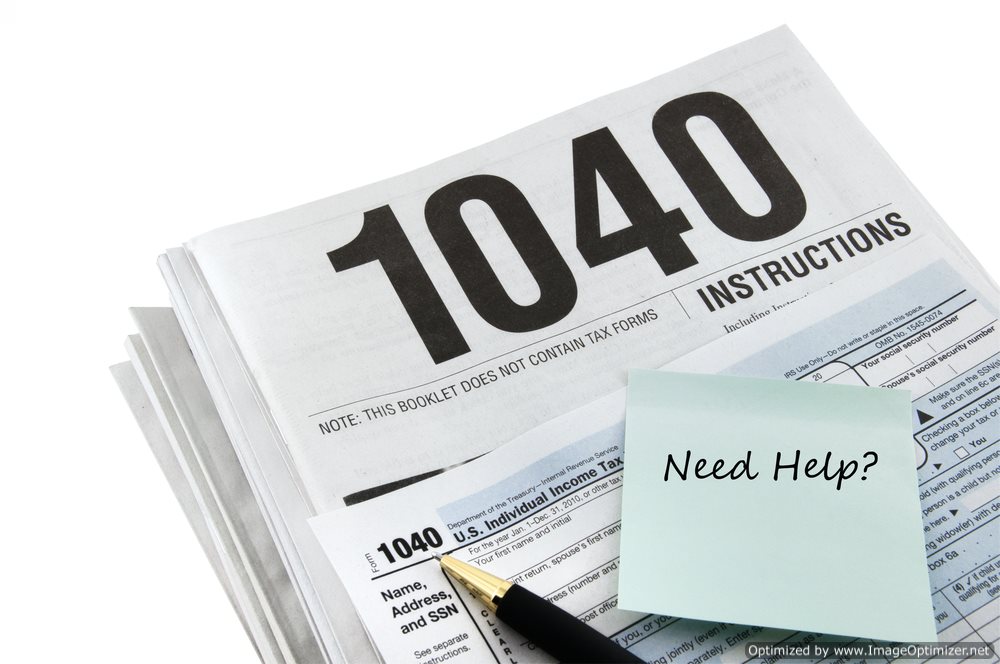Guide to Federal Tax Forms

What are Federal Tax Forms?
Federal tax forms are formal documents used by taxpayers and taxable organizations to formally report financial information to the Internal Revenue Service or other governing bodies of the United States.
Federal tax forms are used to report income and calculate taxes that must be paid to the federal government (as well as the local governments) of the United States of America. The revenues obtained by the government are used to finance public services and programs, as well as pay-off debts.
As a result of the advancements made in computer technology, the Internal Revenue Service typically offers two versions of each tax form: the simplified version (known as the EZ model) and standard-issued tax forms.
Examples of Federal Tax Forms
Form 990: This federal tax form is titled “Return of Organization Exempt from income Tax.” The federal tax form 990 is submitted by all tax-exempt organizations and non-profits to notify the IRS with annual financial information. The short Form 990, known as the 990-EZ may be filed by organizations with gross receipts between $25,000 and $500,000 and total assets less than $2.5 million. The federal tax Form 990 provides the public with financial information of tax-paying corporations; typically the federal tax Form 990 is the only source of such information.
1040 Series: The federal tax Form 1040 is the classic tax form used to report an individual’s personal income tax. These federal tax forms are the starting point for an individual’s Federal income tax returns. A full-time resident individual in the United States may use the standard form 1040, however, those with uncomplicated tax returns (a lack of itemized deductions, no capital gains) may use the simplified Form 1040A, known as the short form or 1040EZ. The Form 1040, which is the most comprehensive tax form, contains 11 attachments, known as schedules that may need to be filed depending on the taxpayer’s specific obligation.
The attachments are as follows:
IRS Form 1040
IRS Form 1040ES
IRS Form 1040A
IRS Form 1040EZ
o Schedule A : Itemizes allowable deductions against income
o Schedule B : mandatory if interest or dividends received during the taxable year exceed $1,500 from all sources or if the filer used foreign accounts for whatever reason
o Schedule C : Filer must list all income and expenses related to self-employment. Typically this form is filed by sole proprietors.
o Schedule C-EZ : IRS form
o Schedule D : Section of the 1040 tax forms used to describe the intricacies associated with capital gains and losses incurred during the tax year.
o Schedule E : Used to report income and expenses that arise from the rental of property, or from pass-through entities, such as trusts, estates, partnerships, or S Corporations
o Schedule EIC : Assesses eligibility regarding the Earned Income Credit.
o Schedule F : Used to report income and expenses related to farming.
o Schedule H : Reports owed taxes due to household help.
o Schedule J : Averages farm income over the course of three years.
o Schedule L : Used to figure an increased standard deduction in certain cases.
o Schedule M : only used in 2009 and 2010 to claim the $400 tax credit
o Schedule N : IRS form
o Schedule R : Calculates Credits for the Elderly or the Disabled.
o Schedule SE : Calculates the self-employment tax
Other Federal Tax Forms
o Form 1041 : Used by trusts and estates for tax returns
o Form 1065 : The federal tax form used by partnerships to file tax returns
o Form 1098 : Tax forms regarded as the Mortgage Interest Statement; these tax forms are used to report interest that a taxpayer has satisfied on his or her mortgage.
o 1099 Tax Forms : These tax forms are used in the United States income taxation system to prepare and file various information concerning salaries, wages, and tips.
Guide to Federal Tax Forms
Federal income tax is a complex system with various rules, regulations, and forms. Filing taxes can be a daunting task, especially for those who are new to the system. Understanding the different federal tax forms is essential for filing correctly and avoiding potential legal and financial issues. This article provides a comprehensive guide to federal tax forms, including their purpose, how to use them correctly, and where to find them.
Form 1040
Form 1040 is the primary federal tax form that individuals use to file their income tax returns. This form includes all the necessary information for reporting income, deductions, and tax payments. The IRS offers several variations of Form 1040, including Form 1040NR for nonresident aliens and Form 1040-ES for estimated tax payments.
Form W-2
Form W-2 is a tax form that employers use to report wages, tips, and other compensation paid to employees during the year. Employees must receive a W-2 form by January 31 of the following year to file their income tax returns correctly.
Form 1099
Like the W-2 form, Form 1099 is a tax form used to report income. However, it is not only reserved for employees. The 1099 form is also used to report rental income, contract work, and other types of non-employee income. Individuals who receive 1099 forms should report the income on their tax return.
Form 1098
Form 1098 is a tax form used to report mortgage interest paid by homeowners. If an individual paid more than $600 in mortgage interest over the course of the year, their lender will send them a 1098 form to report this amount.
Form 8863
Form 8863 is a tax form used to report education-related expenses and credits. Individuals who paid for tuition, student loan interest, or other education expenses can report these expenses on Form 8863 to claim tax credits or deductions.
Where to Find Federal Tax Forms
Individuals can find federal tax forms on the official IRS website, www.irs.gov. Some forms can also be obtained from local libraries, post offices, and public tax preparation services.
Conclusion
Filing federal income tax returns is a necessary part of being a taxpayer. By understanding the different federal tax forms and their purpose, individuals can file accurately and avoid potential legal and financial consequences. Staying informed about changes to tax law and any updates to forms can ensure a smooth and stress-free tax filing experience.


















